As a company that values human life and safety in the workplace, Safety Training & Compliance (STC) understands the importance of preventing struck-by incidents. According to OSHA, struck-by incidents are one of the leading causes of death and injury in the workplace. That’s why we’re sharing a guide to the National Stand Down and how it can help prevent struck-by incidents.
What is the National Stand Down?
The National Stand Down is an annual event organized by OSHA that encourages employers and workers to take a break from work and focus on preventing struck-by incidents. During the Stand Down, companies can hold safety meetings, training and demonstrations to educate workers on best practices and procedures to avoid struck-by incidents.
Why is it important?
Struck-by incidents can occur in any industry and have severe consequences, including injury or death. By participating in the National Stand Down, companies can raise awareness and educate workers on preventing these incidents. The Stand Down is also an opportunity to evaluate current safety procedures and make necessary improvements to prevent future accidents.
How to participate?
To participate in the National Stand Down, employers can register on OSHA’s website and receive resources to help plan and execute their own Stand Down event. Companies can also access various educational materials, such as toolbox talks, training videos, and presentations, to share with their workers.
We believe every worker has the right to a safe and healthy workplace. By participating in the National Stand Down and promoting struck-by prevention best practices, companies can make significant strides toward reducing the number of struck-by incidents in the workplace. To learn more about National Stand Down and other workplace safety initiatives, visit our blog today!
Photo Sourced from Getty Images: #1097225100

